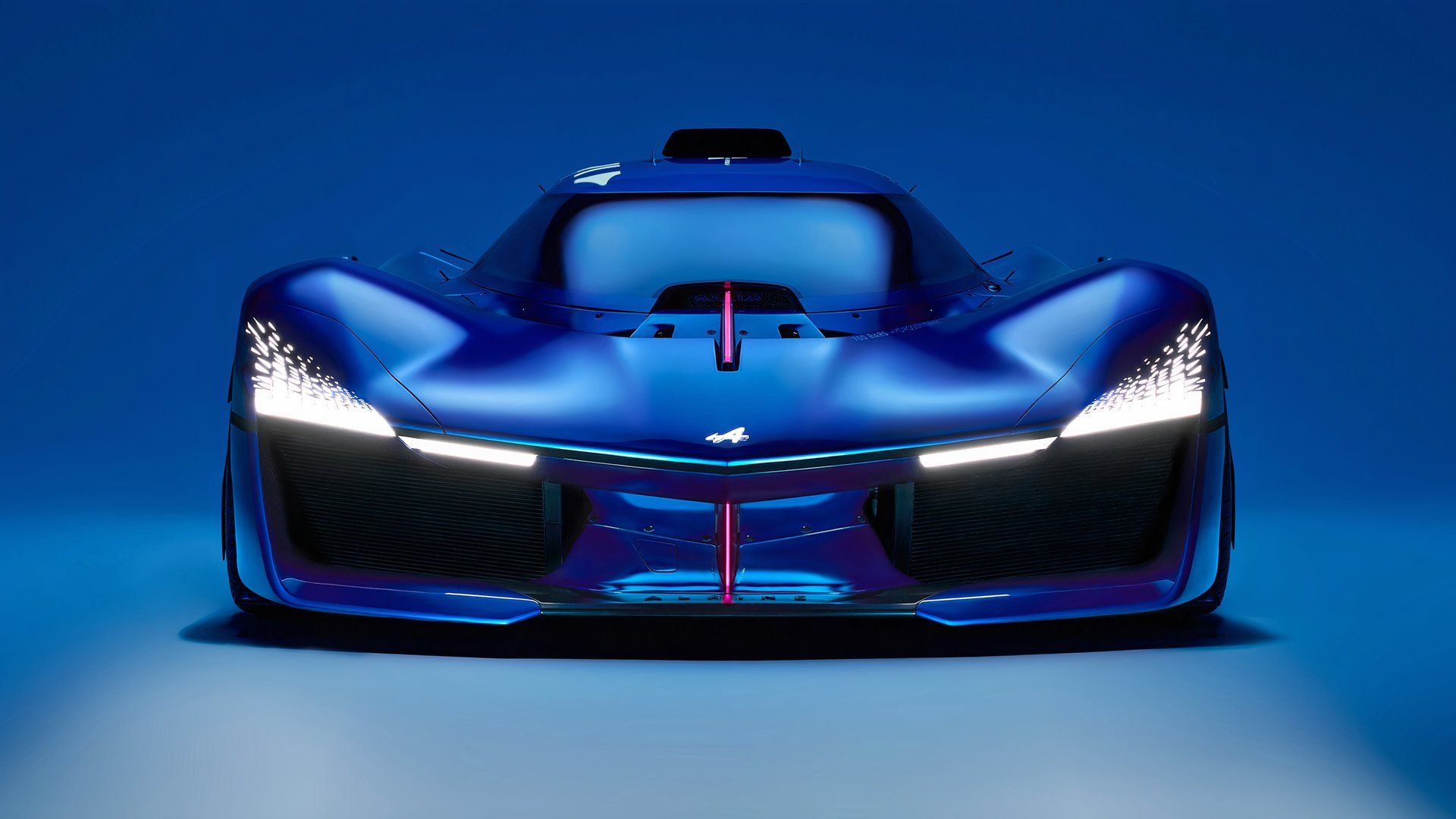Alpine's Hydrogen Hypercar Sees Early Setbacks: Is the Future Still Bright?

In a recent turn of events that left both enthusiasts and engineers scratching their heads, Alpine's revolutionary hydrogen hypercar, the Alpenglow, failed to make its intended splash debut due to unforeseen electrical gremlins. Despite this hiccup, the automaker remains unwavering in its resolve to bring the hydrogen-powered marvel to life.
The Journey Begins: From Concept to Road Car
Alpine has always been a brand synonymous with pushing the boundaries of automotive innovation. With its latest creation, the Alpenglow, the company is not just aiming to set a new benchmark in hypercar engineering but also to pave the way for a hydrogen-powered future. Initially unveiled as a concept with an otherworldly design, the latest iteration of the Alpenglow exhibits more practical styling hints, suggesting that Alpine is seriously considering a transition from the drawing board to the production line.
It's an exciting time for fans and critics alike, especially with Alpine revealing plans to launch its sports cars in the U.S. market. The Alpenglow was poised to showcase its new hydrogen engine at the iconic Spa-Francorchamps circuit. Unfortunately, an electrical issue put a damper on the much-anticipated demonstration. However, Alpine's design director, Antony Villain, remains optimistic and sees this as just a speed bump on the road to a greener, high-performance future.
Design Evolution: A Car for the Road
Speaking to Autocar, Villain expressed his team's dual focus on the Alpenglow project: production and racing. The concept was initially developed alongside the Alpine A424 Le Mans Hypercar but has since morphed into a more road-focused design. Gone are the single-seat cockpit and impractical glasshouse, replaced by more familiar hypercar elements. The latest version boasts space for two occupants, making it not just a track monster but a potential road-legal dream machine.
While the flashy red headlights and other whimsical design features captured the imagination, the new Alpenglow is grounded in realism. It’s now more aligned with hypercars like the Aston Martin Valkyrie and McLaren Senna. This shift signals that production is not just a fantasy but a serious consideration for Alpine.
More Than Just a Car: A Hydrogen Program
In an enlightening conversation, Villain referred to the Alpenglow as more of a program than a single car. This indicates that the concept will undergo multiple evolutions, each bringing it closer to road credibility. It's not just about one car but an entire movement towards making hydrogen a viable fuel for high-performance vehicles.
Alpine’s objective isn’t just to create an awe-inspiring hypercar but to push the boundaries of hydrogen technology. The company plans to continually refine both the design and the hydrogen combustion engine, ensuring that each version brings us closer to a sustainable, high-performance future.
The Challenges Ahead: Technical Hurdles
Efficiency and power are at the heart of Alpine's mission. Although the current hydrogen combustion engine is already impressive, running at a claimed 62 miles between fill-ups at race pace, there’s still room for improvement. Alpine aims to boost the power output beyond the current four-cylinder engine’s 335 horsepower.
However, the road ahead is fraught with challenges. Hydrogen's unique combustion properties pose significant technical hurdles. For instance, the lean air-fuel mixture required for low NOx emissions doesn’t burn as hot, straining the turbocharger to deliver the desired performance. This leads to issues like turbo lag and engine knock, which are difficult to mitigate in a hydrogen-powered setup.
According to Pierre-Jean Tardy, Alpine’s chief hydrogen engineer, achieving the perfect balance in hydrogen combustion is a complex task. The flammability of hydrogen spans a wide range of concentrations, making it challenging to control the engine’s performance consistently. Despite these challenges, Alpine is committed to overcoming them, refining the technology through rigorous motorsport testing.
Looking Forward: A Vision for the Future
Alpine is not just developing a hypercar; it’s cultivating a vision for the future of automotive engineering. The Alpenglow project embodies this vision, representing a significant step towards mainstream hydrogen-powered vehicles. While the technical challenges are substantial, the potential rewards are enormous, promising a new era of high-performance, sustainable automobiles.
As we wait for the next evolution of the Alpenglow, one thing is certain: Alpine is at the forefront of a revolution, and the automotive world is keenly watching. The journey from concept to production may be fraught with difficulties, but with persistent innovation and commitment, the Alpenglow could very well pave the way for hydrogen-powered hypercars of the future.